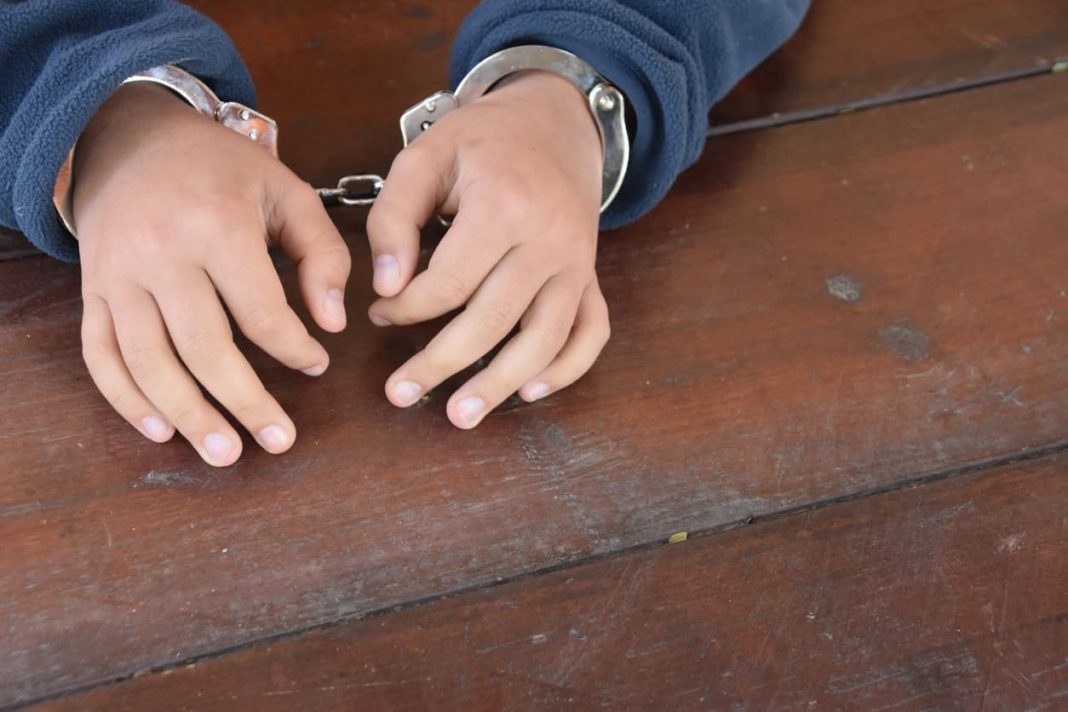Should a 10-year-old go to gaol for a crime he or she might commit? Perhaps the answer depends on the crime; many people in Britain supported the prison sentences handed down to the 10-year-olds who tortured and killed two-year-old James Bulger in 1993.
The age of criminal responsibility – that is, the age below which a person is deemed to be incapable of committing a crime – across Australia is 10. The UN benchmark is 14, based on neurological evidence that children generally determine the capacity to distinguish right from wrong at about that age.
For me, the question is not one of determining when a child is capable of understanding what they are doing. Rather, it is a question of whether sending such a child to gaol actually succeeds in making Australians safer.
To answer that question, we need to know why children commit crimes. While no simple answer presents itself, studies have shown that more than 80% of kids in prison suffer from trauma, mostly originating in childhood. This commonly relates to drug abuse and family violence. Kids from homes where family members have been imprisoned are more likely themselves to end up there.
Putting a traumatised child into prison with other traumatised children doesn’t seem to be a very rational way of overcoming the causes of their criminal offending. In fact, it is pretty clear that such an environment makes the problem worse. And herein lies the single, most compelling reason why we should not be sending 10-to-13-year-old kids to gaol.
It doesn’t work. Statistics show that imprisonment at an early age massively increases the likelihood that a person will return to gaol. Nearly three-quarters of those in adult gaols in Australia have served previous prison sentences; more than a third have been imprisoned at least five times before.
Going to gaol doesn’t deter people from committing further crimes. Going to gaol, in fact, is an indicator that they are likely to commit further crimes.
This, in part, is because our prisons are lousy at rehabilitation. They are overcrowded and tense; frequently the highest priority of prison authorities is to contain and control the prison population, to keep the ever-present threat of violence at bay. Hardly the environment in which to be teaching people missing social skills and addressing psychological deficits.
The community is, of course, “safe” from a child offender while he or she is imprisoned. But the relief can only be temporary, and the eventual release of that child back into the community, their underlying trauma unresolved and their habituation into the environment of criminal offending consolidated, creates an even greater likelihood that more victims will be created in the future.
Alternatives must be explored. The costs alone – up to $500,000 per child – are horrendous. That’s a very high price for failure.
Gary is co-chair of the ACT chapter of Justice Reform Initiative, a group of leading citizens who advocate for reduced reliance on imprisonment in the criminal justice system.
Read more:



